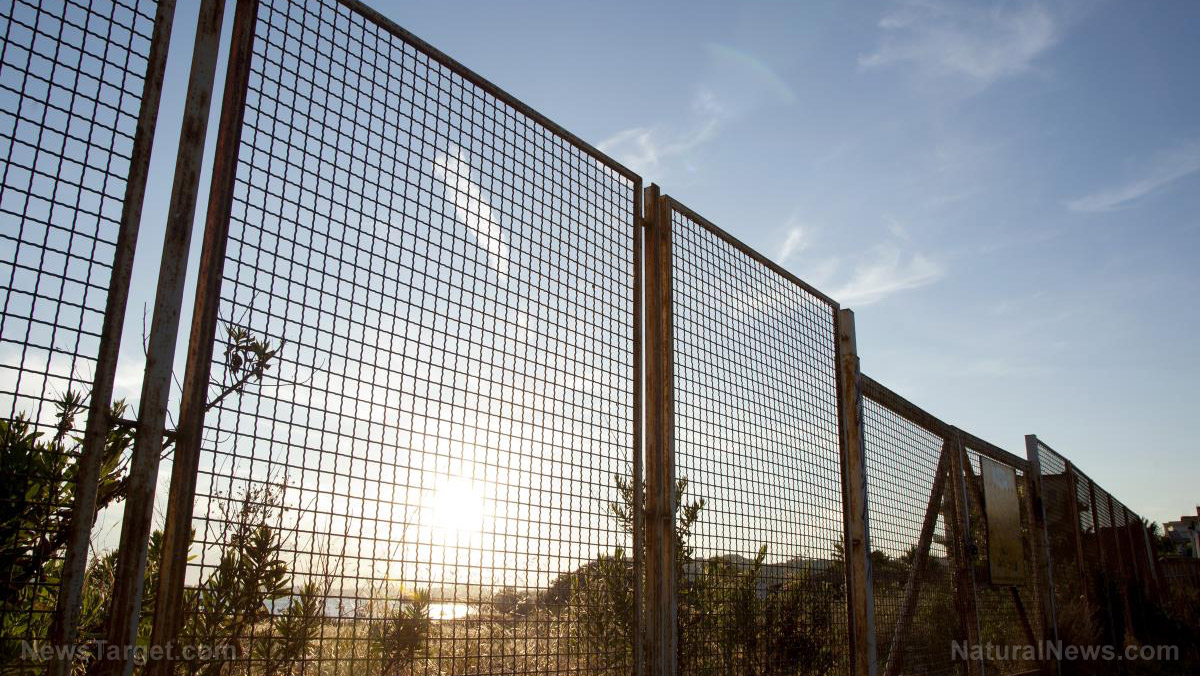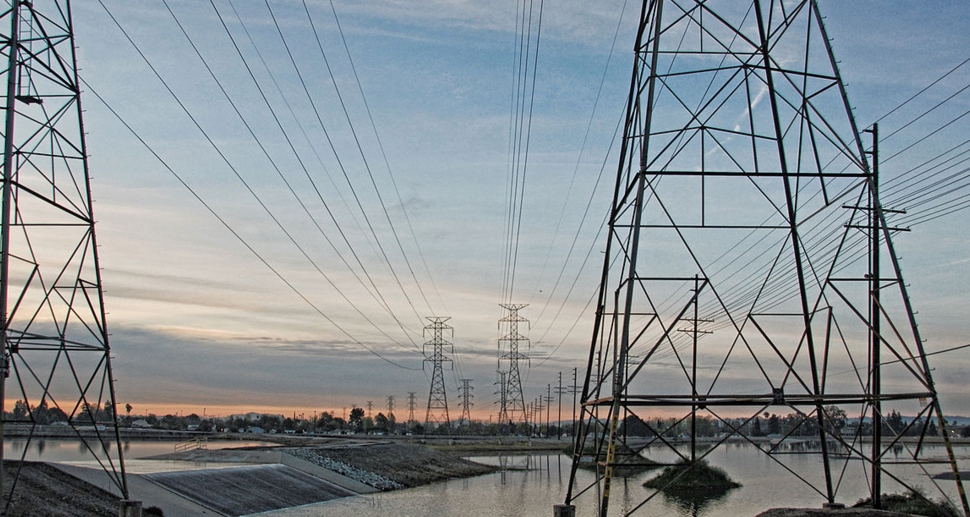Drought-stricken Texas finally gets some rain, but it may not be enough to save crops and cattle
05/29/2022 / By Cassie B.

Areas of Texas that have been suffering from a devastating drought finally got some relief this week in the form of much-needed rain, and now farmers are hopeful that they may be able to turn things around on the field as a result. However, more rain is needed to save crops and cattle.
Before the sky opened up this week, 90 percent of the state had been covered with drought. The Texas Panhandle and West Texas were noting the most severe conditions. Almost 29 percent of the state was in the most severe level of drought, D4. This had many farmers bracing for the impact that the drought would have on their operations as the cutoff for cotton crop insurance loomed large and concerns mounted about the future of crops like corn and cotton.
However, the more than three inches of rain that fell in some areas of the state – with more in the forecast – were a cause for celebration. Although it is not enough to put an end to the drought, it has brought about some much-needed relief. Muleshoe, in the southwest panhandle, saw 3.42 inches of rain, while Dimmitt recorded 2.66 inches and Amarillo enjoyed up to 1.35 inches.
Steve Olson, a farmer from Plainview, told AgWeb that they got between 1.3 and 1.8 inches of rain, and more was on the horizon. This, he said, means he may be able to raise successful crops after all.
“It totally changed the game for us. I absolutely believed it saved some of our crop,” he says. “At least we have a chance to produce a crow now, before there was no hope.”
Texas A&M AgriLife Extension cotton specialist Murilo Maeda said: “Hopefully this moisture will aid planted fields and help those waiting for moisture to get planters going.
“Across Texas, growers have continued to make progress. The latest USDA crop progress report indicates that 44 percent of the cotton acres are planted, up from 30 percent last week, with an estimated eight percent already squaring.”
Farmers had already been adapting their cropping plans to account for the drought, with some switching from their traditional corn and cotton to sunflowers on account of their deeper taproots that may be able to reach any remaining moisture sitting deeper under the ground.
Others were making tough choices between which crops would get irrigated and which would be ignored, an issue compounded by the record-high prices of diesel. More than 200 counties in Texas have been given crop disaster designations from the USDA due to the extended drought.
Storms may have also damaged some fields
The storms brought not only rain but also severe weather, with a massive tornado 50 miles west of Lubbock making quite an impression on storm chasers. In some places, the rain was a bit of a double-edged sword as it brought hail that may have damaged early planted fields.
Meanwhile, other areas of Texas also saw rain this week, but they failed to get enough to alleviate the drought or restore their crop production outlooks for the year. For example, Wall got just .03 of an inch, while other areas in the Rolling Plains just saw a few showers. However, with much of the rain coming quickly and hard in the form of thunderstorms, the conditions were not conducive to restoring soil moisture. Nevertheless, farmers remain hopeful about the good chance of additional rain coming this week and the potential positive impact it could have on the cotton outlook.
The drought is also affecting cattle producers in the state. In Amarillo, where 19 to 20 inches of rainfall are recorded in a typical year, there have just been 1.5 inches of precipitation so far this year. The Crop Progress Report from the USDA released last week listed more than three-fourths of Texas pasture and range conditions as being poor to very poor thanks to the drought.
Sources include:
Submit a correction >>
Tagged Under:
agriculture, cattle, crops, drought, farmers, food, harvest, rain, rainfall, soil moisture, Texas, USDA, weather
This article may contain statements that reflect the opinion of the author
RECENT NEWS & ARTICLES
COPYRIGHT © 2017 GREATERTEXAN.COM
All content posted on this site is protected under Free Speech. GreaterTexan.com is not responsible for content written by contributing authors. The information on this site is provided for educational and entertainment purposes only. It is not intended as a substitute for professional advice of any kind. GreaterTexan.com assumes no responsibility for the use or misuse of this material. All trademarks, registered trademarks and service marks mentioned on this site are the property of their respective owners.


















